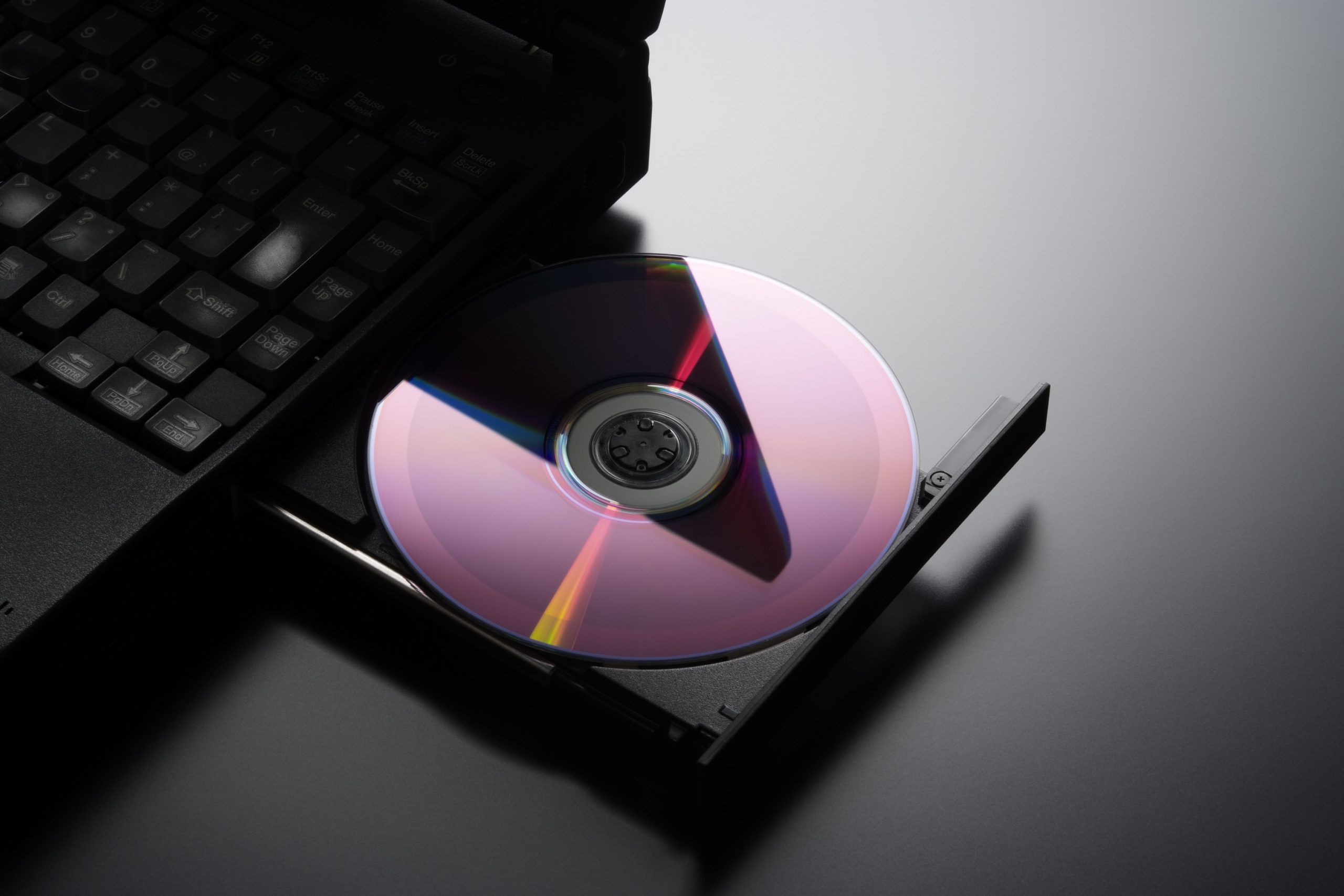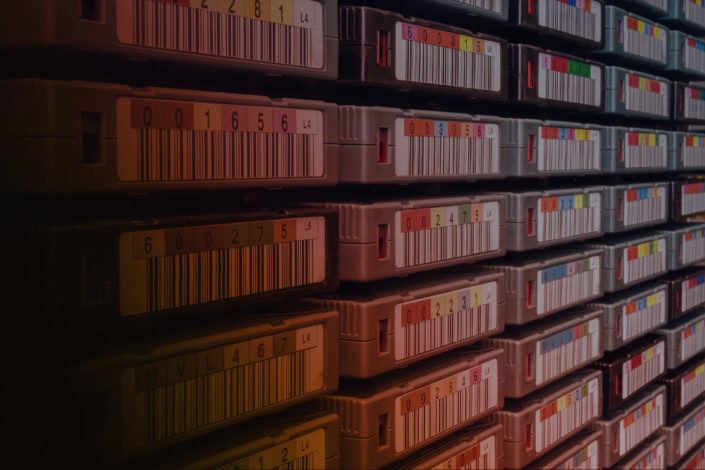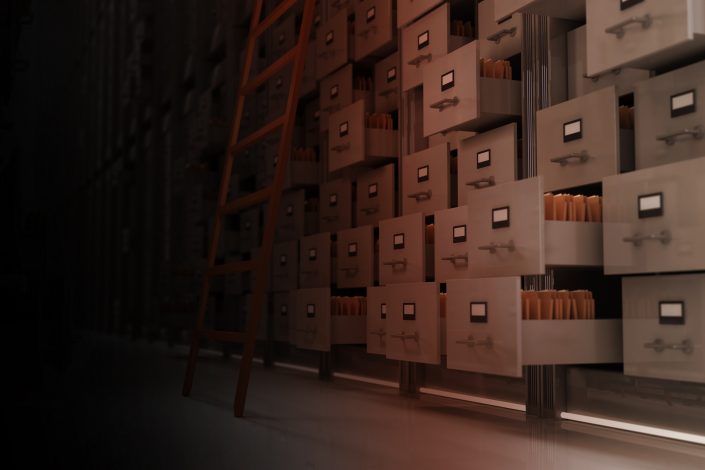On October 1, 1982, the first commercial compact disc, Billy Joel’s “52nd Street,” was released in Japan. Some say that the record choosing the CD technology completely revolutionized the industry for musicians and businesses alike.
This slowly seeped into other industries and the technology kept getting popular through to the early 2000s.
The use of CD/DVD technology was massive for a very long time however today it has been overtaken by the use of solid state media (memory sticks and portable HDD’s).
Problems associated with optical technology
Optical media is not a viable backup solution in any industry as the following issues can occur:
- Large data volumes may not easily fit onto single CD or DVD media.
- Optical media is often considered to be “fragile” when it is out of its casing. The media can be susceptible to damage on the underside of the disc (which is read by an optical reader) as well as the reflective surface on the top side of the disc.
- Damage to either side will affect how the laser reads the media substrate and often result in read failure.
- Finally, there is the inevitable deterioration which affects all media. Older optical media has been found to deteriorate quite rapidly only after a few years. This has been improved with newer media technology, however the shelf life of optical media is still quite low, generally less than five years.
With the advent of ‘scratch-proof’ optical media such as TDK’s Armour Plate and Imation’s Forcefield, manufacturers are helping to combat one of the main weaknesses of optical media. In addition, technology has been developed which promises to lengthen the life of optical media. The technological innovation of these media types was surpassed by a new market leader in USB technology. According to Tape Ark’s Risk Rating, any optical technology medium is ranked 8 out of 10, with 10 being the most at-risk.
What to do if you have optical technology as part of your tape media collection?
We strongly advise taking immediate action if you have (or think you have) the optical technology medium as part of your tape media collection. As a first step, we highly recommend undertaking a Comprehensive Media Audit (CMA). This is a low-cost, low-touch solution uniquely designed to provide a detailed assessment of your recording media collection. With the results, informed decisions can be made on the relative importance and value of the data, and how best to treat your collection to align with strategic business objectives and retention policy requirements.
The in-depth examination provides accurate information to make decisions:
- An accurate count of all the media and format types in the collection.
- Analysis of the overall volume of data is then used to determine an accurate cloud footprint of the collection and the necessary cloud storage requirements.
- A risk profile of each media type enables enhanced media sequencing for priority processing to avoid exposure to data loss, tape obsolescence and orphaning.
- Identification of duplicated media items to avoid ingesting multiple copies to the cloud.
We all understand the power of data. For today’s data custodians of yesterday’s data, we recognize the value potential of that data in use, not just in storage.
The question of whether to retain the data or not can now easily be answered.
To learn how you can help migrate your data to cloud, contact Tape Ark at sales@tapeark.com.
Image Credit: kyoshino/E+/GettyImages






